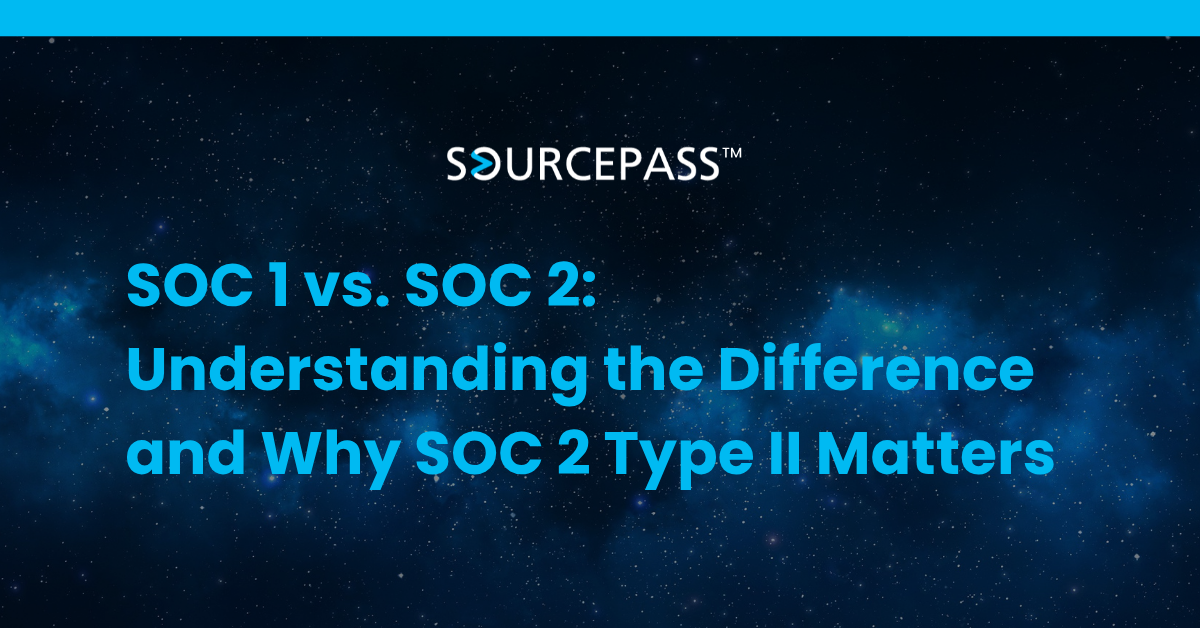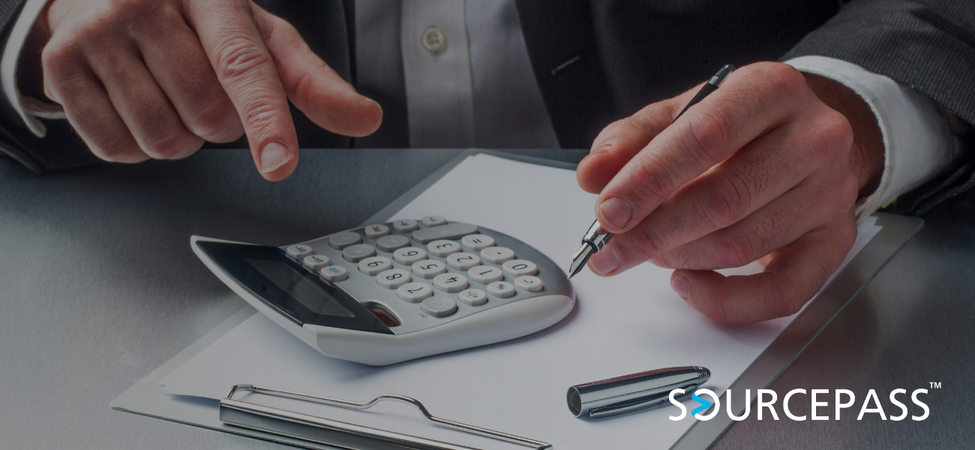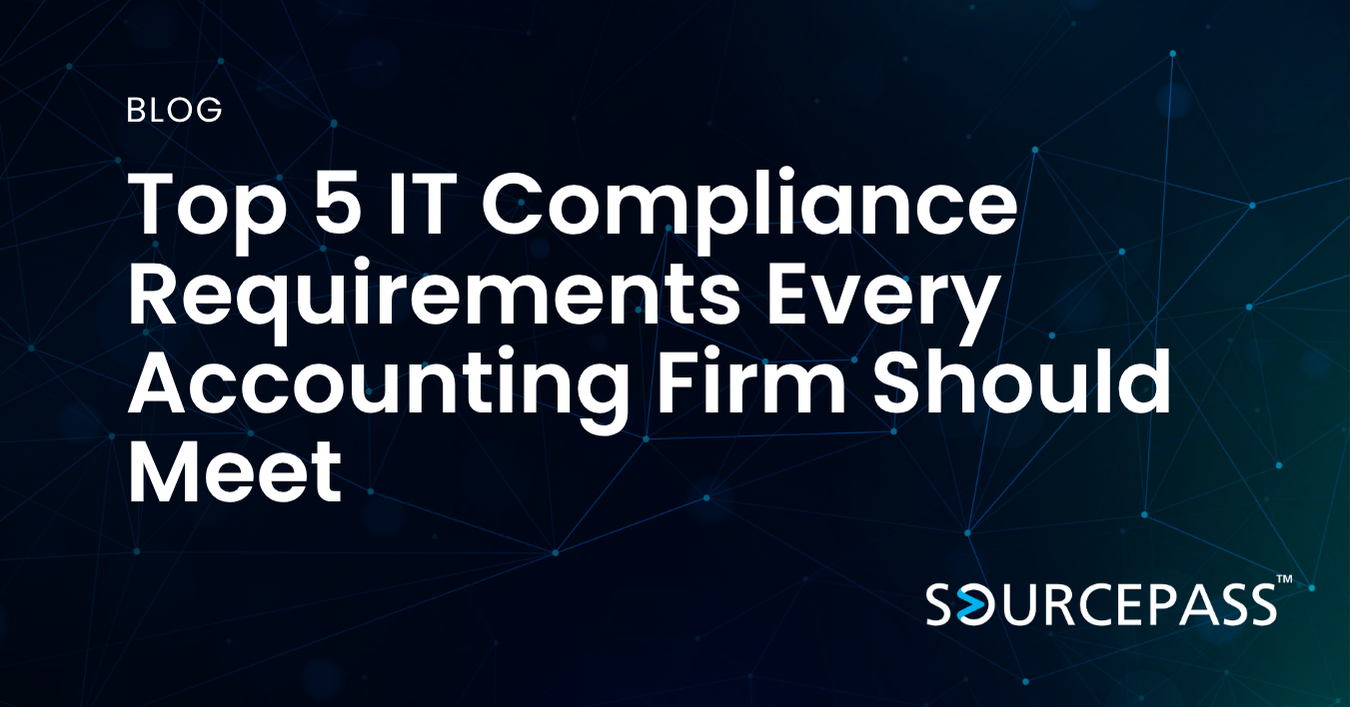SOC 1 vs. SOC 2: Understanding the Difference and Why SOC 2 Type II Matters
Oct 10, 2025 Alex Davis Compliance Regulations | Security & Compliance 2 min read



When businesses rely on service providers to manage systems or sensitive data, trust and transparency are critical. Independent audits like SOC 1 and SOC 2 reports, established by the AICPA, help organizations prove their internal controls are sound. While both frameworks build trust, they serve different purposes. Understanding the distinction helps clients evaluate risk and choose partners with confidence.
What Is SOC 1?
SOC 1 focuses on controls that impact financial reporting. It is designed for service organizations whose systems or processes could affect the accuracy of their clients’ financial statements.
Key Purpose
SOC 1 evaluates internal controls over financial reporting (ICFR), helping clients and their auditors verify that a service provider does not introduce financial risk.
Who Needs SOC 1?
Industries such as payroll processing, claims management, or financial transaction services commonly require SOC 1 to support their clients' audit requirements.
SOC 1 Types
-
Type I: Assesses control design at a specific point in time.
-
Type II: Tests both the design and operating effectiveness of controls over several months, offering deeper assurance.
What Is SOC 2?
SOC 2 addresses a broader scope: how an organization safeguards data. It is built on the Trust Services Criteria, covering:
-
Security
-
Availability
-
Processing Integrity
-
Confidentiality
-
Privacy
SOC 2 is widely used in technology, cloud services, managed IT, and cybersecurity to demonstrate responsible data management.
SOC 2 Types
-
Type I: Reviews whether controls are suitably designed at a point in time.
-
Type II: Evaluates how those controls operate over time, confirming consistent adherence to trust principles.
SOC 1 vs. SOC 2: Core Differences
| Aspect | SOC 1 | SOC 2 |
|---|---|---|
| Focus | Financial reporting controls | Security and data protection |
| Audience | Client financial auditors | Clients, regulators, and partners |
| Criteria | Custom to organization | Standardized Trust Services Criteria |
| Use Cases | Payroll, financial services | Technology, SaaS, Managed Services |
Why SOC 2 Type II Sets a Higher Standard
While SOC 2 Type I confirms control design, SOC 2 Type II goes further, proving those controls operate reliably over time. This distinction matters to clients who need evidence of ongoing security, not just documented intent.
Being SOC 2 Type II compliant shows:
-
Commitment to continuous security operations
-
Verified protection of sensitive client data
-
Alignment with modern compliance expectations in regulated industries
For organizations evaluating service providers, SOC 2 Type II is a strong indicator of operational maturity and trustworthiness.
Why It Matters to Sourcepass Clients
Sourcepass is SOC 2 Type II certified, reflecting our dedication to secure, resilient operations. This means our controls are not only well-designed but actively tested and validated over time. Clients gain the assurance that their data is protected under consistent, audited practices—not assumptions.
By choosing a SOC 2 Type II provider, businesses safeguard their operations with a partner that meets the highest standard of verified security—not just intent, but proven practice.
FAQ: SOC 1 and SOC 2
Is SOC 2 better than SOC 1?
Neither is better; they serve different purposes. SOC 1 addresses financial reporting, while SOC 2 focuses on data security and trust principles.
Who typically needs SOC 1 compliance?
Organizations whose services can impact financial statements, such as payroll or financial processing providers.
What industries require SOC 2?
Technology, cloud services, managed IT, and any provider handling customer data or systems.
What makes SOC 2 Type II more trusted?
It tests control effectiveness over time, offering stronger assurance than a single-date assessment.
Does SOC 2 guarantee no data breaches?
No audit guarantees zero risk, but SOC 2 Type II demonstrates that proven security processes are consistently in place and validated.
Subscribe To
Sourcepass Insights
Sourcepass Insights
Stay in the loop and never miss out on the latest updates by subscribing to our newsletter today!
.png?width=500&height=100&name=White%20Logo%20-%20Transparent%20Tag%20(3).png)



